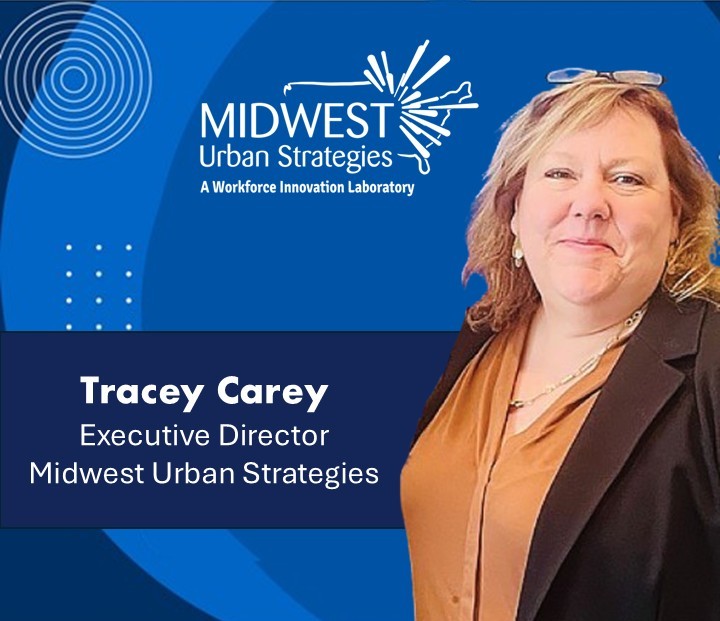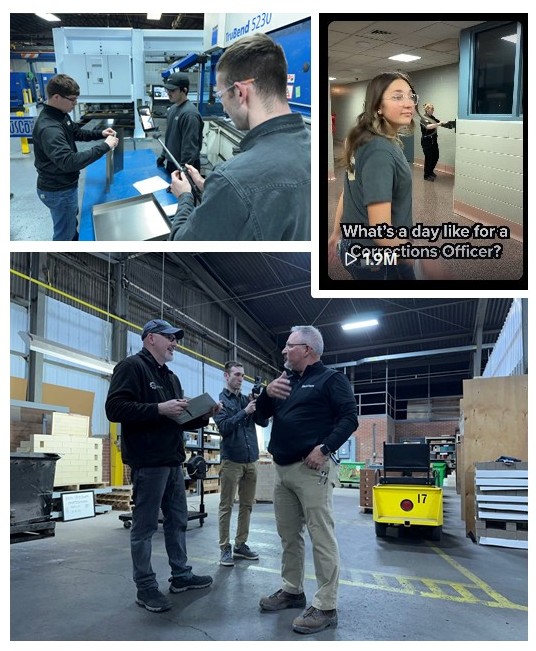It has been a very active time in Washington, DC with House Republicans and the Trump Administration working to advance various pieces of their domestic policy agenda. The central feature of the legislative effort is a massive federal tax and spending package. Recently, House Republicans completed the first step in this process by passing the ‘One Big, Beautiful Bill Act.’ Attention now shifts to the Senate as they will work to pass their own package, likely with a few changes (potentially significant). The overall goal is to have a final bill, passed by both the House and Senate, to President Trump for signature around the July 4th holiday. The driving force/deadline on the package is a shifting ‘X date’ when the US will meet the debt limit. The Treasury has forecast that date to be sometime in July 2025.
The intent behind the tax cut extension package and several Trump Administration Executive Orders (EO) is to incentivize and catalyze investment in the United States. While taxes play a major role in those business decisions, we know that access to a skilled workforce remains a bottleneck to companies bringing jobs back or creating new jobs. We have seen investment announcements before that have been shelved or delayed over workforce concerns. Unfortunately, some key policy proposals in the Big, Beautiful Bill would negatively impact workforce development program funding (indirectly).
In order to address the cost/price of permanently extending the 2017 tax cuts, House Republicans had to find federal savings to help offset that spending. Rather than directly cut critical programs like SNAP and Medicaid, their legislation would put additional guardrails via enhanced work requirements on program participants. Specifically for SNAP recipients, the work requirement (80 hours per month), would apply to a larger population set – 19-64 years of age (previously 19-55 years of age), and narrow the exemption for single parents to children under 7 years of age (currently applies for single parents with children under 18 years of age). These are significant reforms that will also place downward pressure on the workforce system as many participants are also SNAP recipients.
House Republicans have also included the first ever federal work requirement for Medicaid participants – 80 hours per month for ages 19-64 years old. There are specific exemptions for pregnant women, individuals with disabilities, and incarcerated individuals. Work requirements have the potential to engage more people in the workforce but there needs to be a corresponding federal investment in education and job training programs to help those individuals overcome barriers that are keeping them from the workforce already.
There are positive provisions in the Big Beautiful Bill that include an expanded Child Tax Credit and increased Pell Grant access to short term training programs. The effort from House Republicans to make the 2017 tax credits permanent would create a more certain business environment, expanding prospects for many individuals.
As Congress works toward this legislative victory, the Trump Administration released early details of its Fiscal Year (FY) 2026 budget proposal, a ‘skinny budget.’ This is a high-level document showing the Administration’s priorities in various programs – what we saw in FY2025 House Appropriations Bill proposals (never enacted), continues with the Administration looking to convert WIOA Title I into a block grant to states, with $1.6 billion in cuts to the programs. In the current fiscal year, WIOA Title I programs received nearly $3 billion. The skinny budget also showed proposed elimination of Job Corps, WIOA Title II Adult Education, and SCSEP, among other connected programs. Congress will have the final word on these appropriations bills and many Members, both Republican and Democrat, have already spoken out against the level of cuts in the budget proposal.
With these headwinds facing workforce development programs and stakeholders, there is an urgent need to for outreach to your federal delegation. Be ready to show the impact of these policy and funding proposals to your local community, both job seekers and businesses. We can all get behind increased investments in US industries but we need a similar investment in the human capital that will make it all possible.





